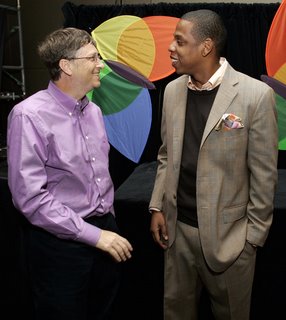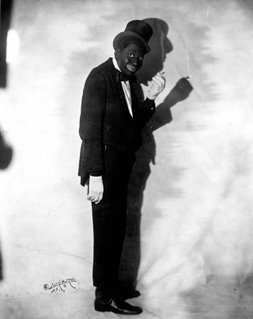
The Hard Core Of Cool
Confidence, Grace And Underneath It All, the Need to Be Recognized
by Donna Britt, Washington Post Staff Writer
Confidence is cool's most essential element. Perhaps that's why black men -- for whom the appearance of assurance can be a matter of life or death -- so often radiate it. Perhaps that's why in the United States, where men as different as Frank Sinatra, Joe Namath, Bruce Lee, Sean Connery, Benicio Del Toro and Johnny Depp have been deemed cool, black men remain cool's most imitated, consistent arbiters. I mean, there's cool -- and then there's brothercool.
Think of Barack Obama's instantaneous ascension to "coolest man in Congress." Observe Denzel Washington's loping stride. Ponder Dwyane Wade's sweet-as-a-caress ball-handling, Terrence Howard's slumberous gaze and Mos Def's straight-ahead poetry and crooked grin.
Read the Full Essay












